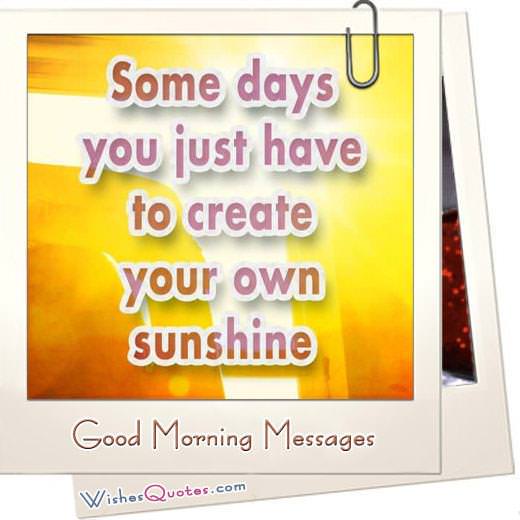

Unit 7: What are you wearing to the dance?Funny Good Morning Wishes: Starting a day with a big smile on the face is the best thing to do.You can easily make your dear ones laugh in the morning if you want to. There are certain customs and traditions, however. Theres one way thats common and used by most everyone, from the youngest child to the oldest senior citizen.
Ways To Say Good Morning Archive He Aratohu
Te Hiringa i te Mahara resource archive He Aratohu and Relief Teacher Packs: Years 9 to 13Saying good morning in Korean is very easy to learn as the most common way is something that you learn from the very beginning. Make his/her day just by sending them a hilarious good morning text right when they wake up.
When students are confident with the tune and lyrics, show them the waiata video, and introduce them to the actions and steps that go with the song. Play Audio CD track 1 for the students to listen to the tune, and then ask them to sing along. Have the students say the letters and sounds after you. Introduce the Māori alphabet using the song Te Arapū Māori. He kōrero whakamārama - What is a macron?Students will learn correct pronunciation of the Māori alphabet.Before starting this activity watch He kōrero whakamārama where tohutō (macron) is explained. He kōrero whakamārama - Why ask "Where are you from?"
If not, the vowel sound is short. If a vowel has a tohutō (macron), like in the word “Māori”, the vowel sound is long. The students’ work in the Wehi books can be checked by themselves, their peers or the teacher.Explain to the students that in Māori the vowel sound is short or long. This is the book that students will use to copy, record, write notes and complete any written and illustration work related to Ka Mau te Wehi! Language learning is enhanced when students are provided with opportunities to practise writing in the target language.

They could then combine their roleplay with their classmates at the breakfast table. One student could pretend to be asleep, and a second student could say E oho! (Wake up) and Haere mai ki te parakuihi (Come to breakfast). Roleplay 2 (small group)If there are students who know the words in Unit 1 Scene 1, ask them to make up a roleplay using vocabulary they are familiar with: e.g. Practise using the phrases from Unit 1 Scene 1.
Show the students He kōrero whakamārama clip 1 to help explain why this question is often asked when meeting someone for the first time. Ask the students why they think Nui asks Sione where he is from. Explain to the students that Kia ora is a friendly, casual way of saying Hi, and that another way of greeting someone is Tēnā koe (Hello).
Cut out the cards and give one card to each student.For the purposes of this activity, students will need to assume the name and the country shown on the card. Nō hea koe, ?The answer to the question: Nō au.Prepare the cards from Unit 1 Worksheet A that show the name of a person and an island in the Pacific region that he or she comes from. This could be a suburb or town in New Zealand, or another country. Have them move around the classroom asking each other where they come from.
Ways To Say Good Morning How To Say Goodbye
Have the students make up skits, using the words learnt in this unit, to perform to the rest of the class. Ko wai tō hoa?Students will learn how to say goodbye in Māori.Watch Unit 1 Scene 3 where Sione and Haami leave for school.Ask the students to identify the phrase to say goodbye: Ka kite anō.Other ways of saying goodbye are: E noho rā. Have the students move around the classroom together, stopping other pairs of students, greeting them in Māori and asking where they are from, who their friend is and where their friend is from.


 0 kommentar(er)
0 kommentar(er)
